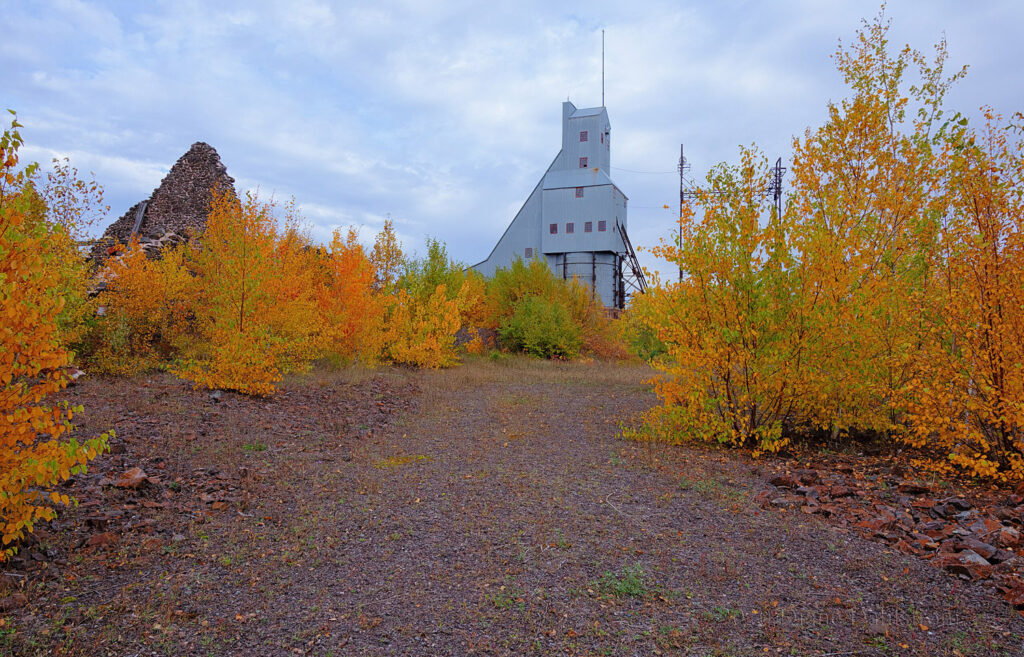U.P. copper, which has been mined for over 6,000 years, was some of the purest and most sought after in the world. For thousands of years people have sought the health and practical benefits of copper. It was used by ancient civilizations as medicine for wounds and infections. Jewelry, coins, and kitchenware were also made from the metal.
Ancient miners extracted copper long before the Ojibwa came on the scene around 1000 A.D.
But where did that copper go? Native American lore says much of it is being hidden and protected by a mythical underwater panther. Others believe it was dispersed throughout the world via ancient trading routes. It is often recognized as a Michigan metal due to its 99% purity.

Flash back to 6,500 B.C. when the Ice Age was still thawing and the Great Lakes were carving their boundaries. Nomadic hunter-gatherers spotted the gleaming copper. These early indigenous miners left behind thousands of pits scarring the Keweenaw Peninsula and Isle Royale.
A staggering 1.5 billion pounds of the shiny stuff was mined by prehistoric excavators, according to the Milwaukee Public Museum. But the bulk of mined copper, over 14 billion pounds, has been mined since 1844, according to Michigan State University. That’s a small mountain’s worth.
The once-booming mining interest has since waned, leaving behind hundreds of mined pits and empty ghost towns—much like the Gold Rush. But who mined it, and where did all of the copper go since the Archaic period?

The Ojibwe, Odawa, Potawatomi and other Native American tribes believe at least some of it is being protected by the Mishipeshu water panther, which lives on Michipicoten Island in Lake Superior according to legend.
There are tales of stoic adventurers who journeyed to the island for the copper but were shipwrecked by its fierce protector. Other tales warn of copper seekers who managed to find it but were waylaid by this fabled creature.
Whether one believes the stories or archaeological explanations, the reality is that copper mining in Michigan had largely gone by the wayside by the 1960s. Although demand for copper has increased since the 1960s, mining in Michigan became too expensive. The State of Michigan explained that so much copper had been excavated, mines would often need to be more than a mile in vertical depth from the surface.

The National Park Service blames expensive shafts, labor disputes and increasing competition for the waning interest in Michigan’s copper industry.
The last mine in the Keweenaw Peninsula closed in 1997.
Copper mining in the U.S. is now primarily done in Utah and Arizona, though the copper is not as pure as Michigan’s and requires more refining. However, there may be a resurgence of interest on the horizon, according to a 2026 state budget request.
A Canadian business, according to the Daily Mining Gazette, is interested in a copper mine in Gogebic County. The requested $50 million in funding did not survive the budget process and was removed during final negotiations.
Jamie Hope is a contributing writer for Michigan Enjoyer.



